Thanks for your questions! The simple answer is that we usually go over to make a munter hitch (and under to make an X friction). It's not strictly necessary to do it this way, but if you reversed either of those things you would get a friction that looks different than what you're used to, as you'd be looking at the "backside" of it.The answer your question about crossing your ropes in the leg wrap is related to the above answer. Gorgone's Hip Harness uses X frictions at the thigh. It's often easier to "pre-cross" your ropes when making X frictions, otherwise you finish a cuff and then need to go over one pass and under the stem, whereas if you pre-cross, your running line comes around the body right next to the stem and you get to have control over precisely where the cross happens.
Shibari Study Support
Berlin, Germany
Replied on Hip Loading Harness | Tutorial
Replied on Forward Fold Predicament | Class
Replied on Reverse TK | Class
Replied on Armbinders for Everyone | Tutorial
Replied on Positional Study | Class
Replied on Self-Tied Butterfly Harness
Replied on Choker Tie | Suspension
Replied on Double-Column Tie
Replied on Single-Column Tie


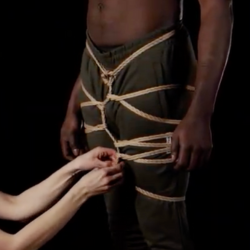
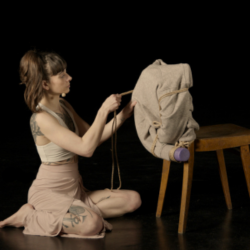
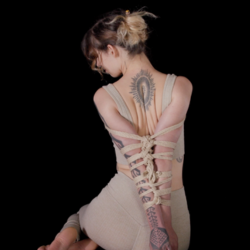
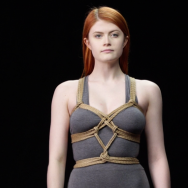
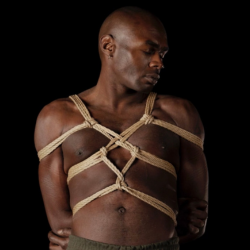
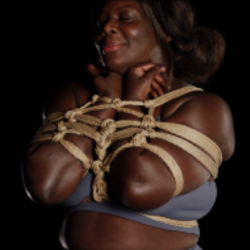
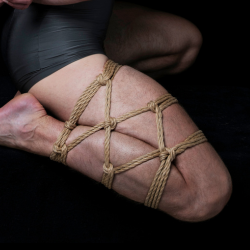
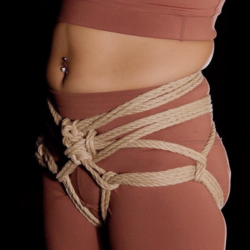
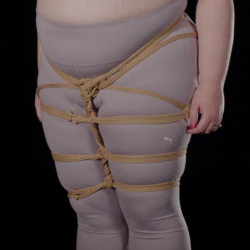
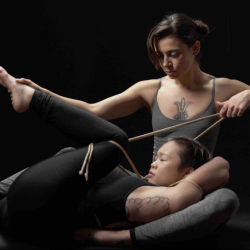

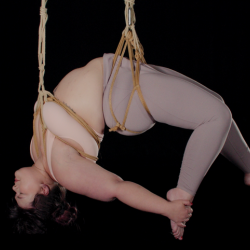
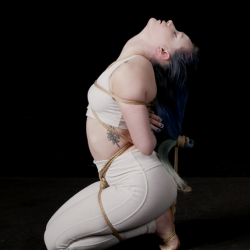
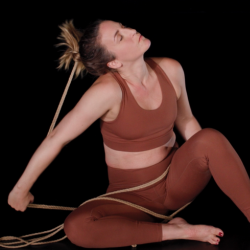
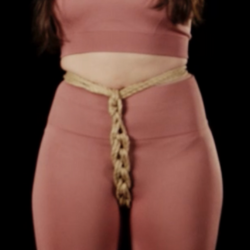
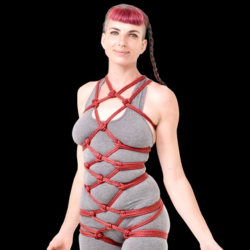



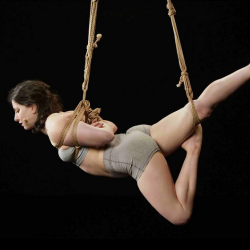
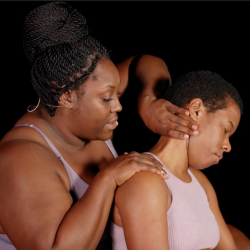
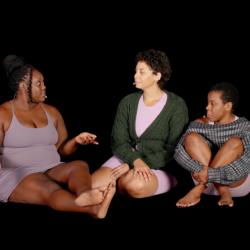

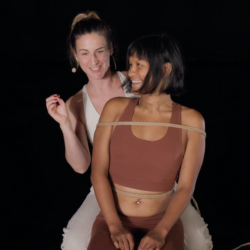
Replied on Hip Loading Harness | Tutorial
30 Jan 13:54
Notice in the Hip Loader that the place where the rope would naturally want to cross is very far forward relative to where we want the friction to go, so pre-crossing isn't so ideal here. In the Hip Harness, the rope naturally crosses itself right where we're building our friction, which makes this an ideal choice in this instance.